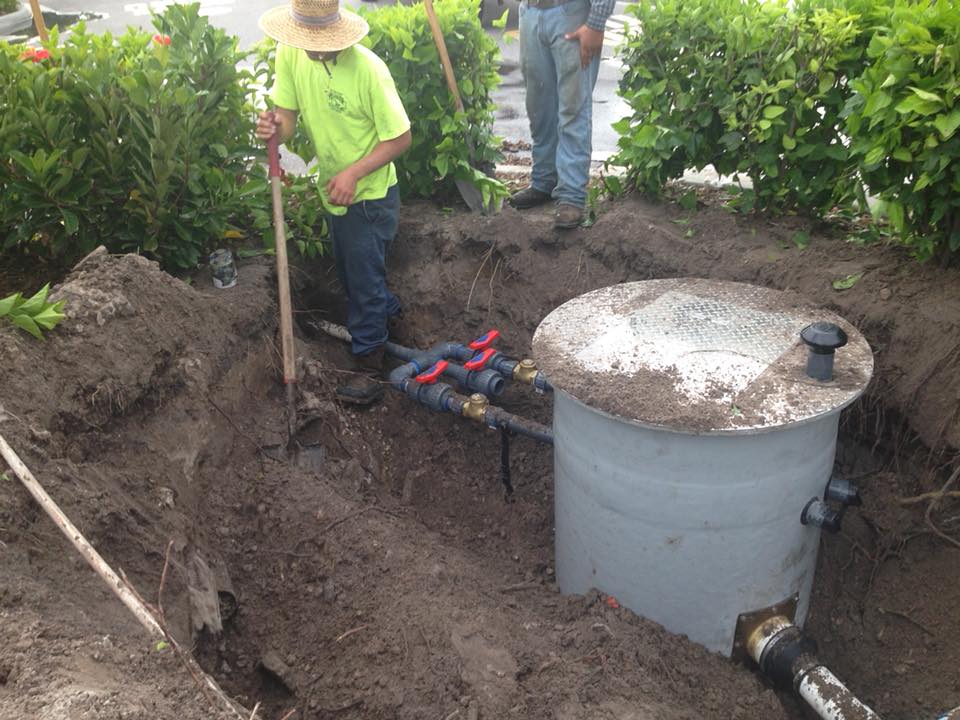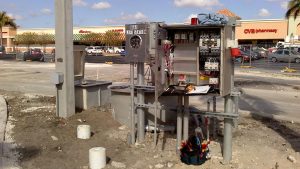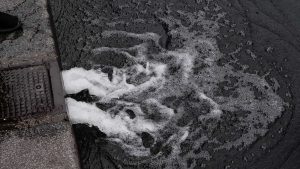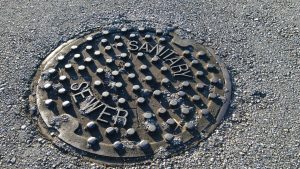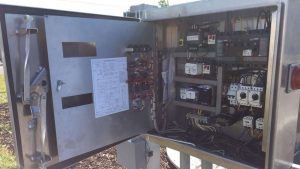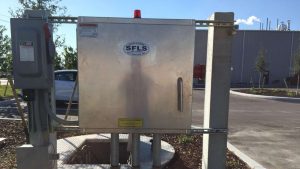Do you own a lift station? Are you aware of the potential problems that can arise if you don’t monitor it regularly?
Keeping a close eye on your lift station is crucial for its efficient operation. Regular monitoring helps you catch any issues early on, saving you time, money, and headaches down the line.
As a lift station owner, you understand the importance of keeping your wastewater system running smoothly. By staying on top of maintenance and conducting regular checks, you can ensure that your lift station is performing at its best.
So, if you want to protect your investment and avoid any disruptions, it’s essential to understand why regular monitoring is so important.
Importance of Regular Monitoring
Regular monitoring is essential for ensuring the optimal performance and longevity of your lift station. By regularly monitoring your lift station, you can identify any potential issues or malfunctions early on, allowing you to take immediate action and prevent costly repairs or downtime.
Monitoring the performance of your lift station also enables you to make necessary adjustments to maintain its efficiency. Regular monitoring helps you stay on top of any changes or fluctuations in the system’s operation, such as changes in flow rates or pump performance. This proactive approach allows you to address any issues promptly, minimizing the risk of system failure.
Additionally, regular monitoring helps you track the overall health and condition of your lift station, ensuring that it continues to operate smoothly and reliably for years to come.
Benefits of Lift Station Maintenance
To maximize the efficiency and lifespan of your lift station, it’s crucial for you to regularly invest in lift station maintenance. By maintaining your lift station, you can prevent costly repairs and extend the life of your equipment.
Regular maintenance allows you to identify and address potential issues before they become major problems. This proactive approach helps to minimize downtime and keep your lift station operating smoothly.
Additionally, maintenance can improve the overall performance of your lift station, ensuring optimal functionality and efficiency. By keeping your lift station well-maintained, you can also reduce the risk of environmental contamination and comply with regulatory requirements.
Ultimately, investing in lift station maintenance is a smart decision that can save you time, money, and headaches in the long run.
Potential Risks of Neglecting Monitoring
Neglecting monitoring of your lift station can pose significant risks to its functionality and overall performance. Without regular monitoring, you may not be aware of potential issues or malfunctions that could arise. This can lead to costly repairs, extensive downtime, and even complete system failure.
By neglecting monitoring, you’re essentially leaving your lift station vulnerable to problems that could have been prevented or addressed early on. This can result in disruptions to your operations, environmental hazards, and potential health risks.
Additionally, neglecting monitoring can also lead to decreased efficiency and increased energy consumption, as any inefficiencies or abnormalities may go unnoticed.
To ensure the smooth operation and longevity of your lift station, it’s crucial to prioritize regular monitoring and address any issues promptly.
Key Components to Monitor
Monitoring your lift station regularly is essential to ensure the proper functioning and longevity of its key components. By keeping a close eye on these components, you can identify potential issues early on and prevent costly repairs or replacements.
One key component to monitor is the pump. Regularly checking the pump’s performance and inspecting it for any signs of wear and tear can help you catch problems before they escalate.
Additionally, monitoring the control panel is crucial. This component is responsible for regulating the pump’s operation, so it’s important to ensure that it’s functioning correctly and not displaying any error codes.
Lastly, don’t forget to monitor the float switches. These switches play a crucial role in controlling the pump’s activation and deactivation, so regular monitoring is necessary to prevent any malfunctions.
Best Practices for Lift Station Monitoring
Regularly monitoring your lift station is crucial to ensure its optimal performance and prevent potential issues. There are several best practices you should follow to effectively monitor your lift station.
Firstly, establish a regular monitoring schedule to check key components such as pumps, motors, and control systems. This will help identify any signs of wear or malfunction early on.
Secondly, keep a record of monitoring data, including flow rates, power consumption, and alarm history. This information can be useful for troubleshooting and maintenance planning.
Thirdly, invest in a remote monitoring system that allows you to access real-time data and receive alerts for any abnormal conditions. This will enable you to take immediate action and prevent costly breakdowns.
Lastly, regularly train your staff on proper monitoring procedures and ensure they’re familiar with the equipment.
South Florida Lift Stations Provides Comprehensive Monitoring Solutions
For a reliable and comprehensive approach to lift station monitoring, turn to South Florida Lift Stations. Our expert team specializes in state-of-the-art monitoring solutions tailored to your specific needs. Don’t wait for issues to arise—take proactive steps to safeguard your infrastructure.
Contact South Florida Lift Stations today and ensure the optimal performance and longevity of your lift station. Let us be your trusted partner in maintaining the efficiency and reliability of your wastewater management system.

